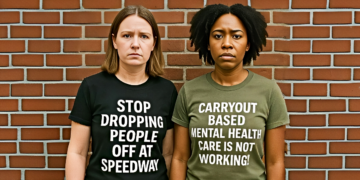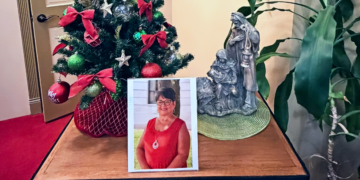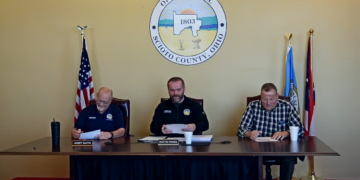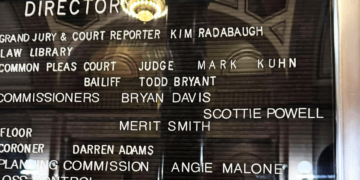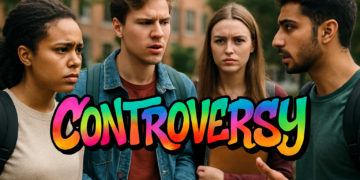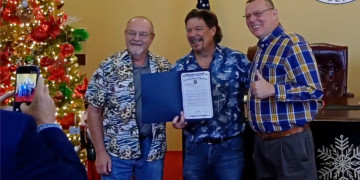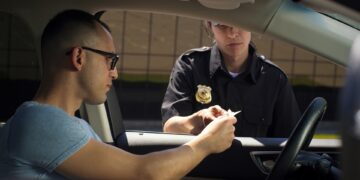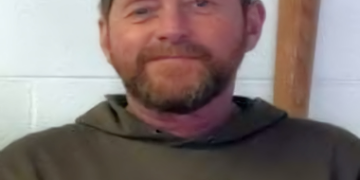Ohio has become a key battleground in the fight against human trafficking, and the reason may surprise some: its interstate highway system. FBI Director Kash Patel recently emphasized that the Ohio network of intersecting highways makes it one of the most active trafficking hubs in the nation. According to Patel, the state’s infrastructure allows traffickers to treat Ohio like a nationwide relay route, making quick and discreet handoffs of victims and illegal goods.
Due to its central location, Ohio is within a one-day drive of nearly half of the U.S. population, making it a strategic launching point for trafficking activity. Major highways like I-70, I-75, I-71, and I-80/90 intersect the state, providing ideal conditions for traffickers to move quickly and avoid detection. In Southern Ohio, the connecting state highways 23, 33, 35, and 52 provide a busy connecting corridor to these interstates as well as easy access to West Virginia and Kentucky. The FBI and Department of Homeland Security have issued repeated warnings about the prevalence of trafficking through rest stops, motels, and truck stops that line these routes.
Kash Patel has been vocal about Ohio’s role in national trafficking operations. In a widely shared interview, FBI Director Kash Patel stated that the state’s roadways serve as a superhighway for traffickers: “Ohio possesses the roadway system where the trafficking is through the roof just because of the interstate.” Patel emphasized the importance of interstate intersections, which enable traffickers to switch drivers and vehicles, making it harder for law enforcement to track victims.
Across Ohio, authorities are encountering both drug and human trafficking cases with alarming frequency. Joint law enforcement task forces continue to combat the crisis, but officials stress that public awareness is essential to breaking this cycle.
What Families in Ohio Can Do to Prevent Trafficking
If you’re a parent or grandparent living in Ohio, there are concrete steps you can take to protect your children from becoming victims of human trafficking:
Educate your children. While many parents still teach “Stranger Danger,” the reality is far more complex — and more dangerous. Most trafficked children are not taken by strangers, but by family members, family friends, or adults already known to them. It’s crucial to teach children that danger doesn’t always come from unfamiliar faces. Help them understand that anyone who tries to manipulate, control, or exploit them — even someone they know — is a threat. Emphasize the importance of setting personal boundaries, recognizing inappropriate behavior, and knowing how to safely say “no” — even to people they’ve been taught to respect.
Stay involved. Know your child’s friends, monitor social media, and keep open lines of communication. Encourage them to use the buddy system and to check in regularly. Familiarize yourself with the adults in their life — coaches, teachers, and mentors.
Know the signs. Trafficking victims may show sudden changes in behavior, avoid family contact, or start hanging out with older, controlling individuals. Watch for unexplained bruises, expensive gifts, or secretive online activity.
Act quickly. If you suspect a child is being lured or groomed, do not wait. Call 911 or report to the National Center for Missing & Exploited Children at 1-800-THE-LOST. If trafficking is suspected, call the National Human Trafficking Hotline at 1-888-373-7888.
In short, don’t assume it can’t happen in your community. With Ohio being a major conduit for trafficking operations, vigilance is not just recommended — it’s necessary.
Bottom Line:
Ohio’s roadways may crisscross the nation, but families can build strong fences of awareness, action, and education. As FBI Director Kash Patel has warned, this isn’t just a federal problem — it’s a local one. And the solution starts at home.


